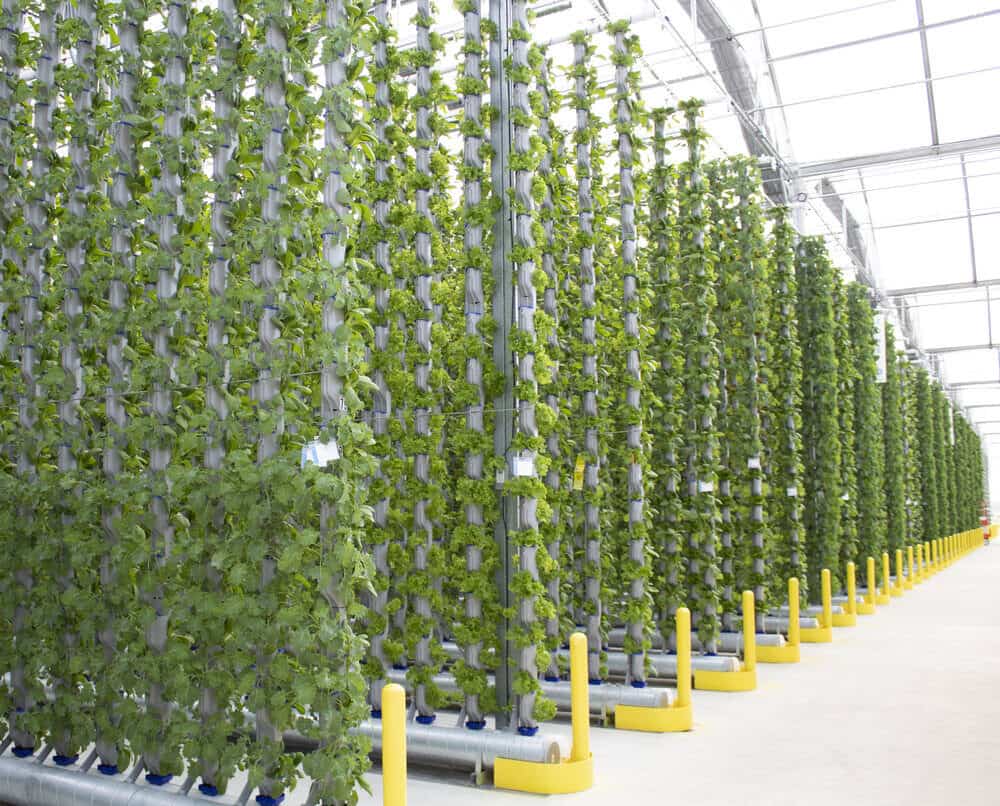Image credit: Eden Green Technologies
Whether you are a casual enthusiast of houseplants or an experienced crop farmer, the process of growing plants is essentially the same across all species of plants. The planter buys a pot and puts soil inside of it or in the farmer’s case, they plow and nurture the land to create fertile soil. Then a seed is placed within the soil, the seed is watered, a sprout appears, and it continues to grow until it is a mature plant.
The foundational similarity of the growing process of plants is that on the surface, the soil is horizontal and flat. This layout limits the space and the number of plants that can be grown in a single area. However, there is a revolutionary and advanced process that flips how plants are being grown on its head…vertically.
What is Vertical Farming?
Vertical farming is basically a greenhouse environment that cultivates the growth of plants without the use of soil. A soil-less garden. To an avid plant lover, the thought of growing plants without soil might not seem feasible. But today experts are proving that it is indeed possible, thanks to science.

With vertical farming, the seeds of potential plants and crops are stored in specialized holders that are placed above and below each other, instead of side by side. This creates standing gardens that nurture each seed by creating mini environments conducive to maximum plant growth at any time, no matter the season. Although futuristic in operation, the source of light comes from the Sun and plants are given controlled amounts of oxygen, carbon dioxide, mineral-enhanced water, and climates.
Nature Enhanced with Technology
By utilizing technological advances like vertical farming, gardeners and farmers will be able to fully take advantage of being able to grow more plants and crops no matter the season using less soil, less space, less time, and avoiding plant-eating insects.
Another advantage of incorporating technology in the process is that monitoring and managing plant growth becomes a lot easier and faster. For instance, imagine being a novice gardener wanting to grow a bright and colorful flower such as a peony for the outside of your home. A few things to know about this plant is that they require a lot of exposure to natural light (6 hours to be more specific), super absorbent soil, lots of nutrients, and growth support for long stems.

The vertical farming technique can allow for the novice gardener to control how much sunlight and food/water that plant will receive. Since there is no need for soil, there is no risk of the plant’s bulb becoming decayed due to sogginess. Plus, since vertical farming relies solely on natural light the peony would thrive in a vertical farm.
The average time of a peony blooming is 2-3 years. But, with vertical farming, the growth cycle can possibly be shortened thanks to the tools that can be used to provide the flower with the most optimal and nurturing environment to cultivate. No matter the plant or the crop, your seed can thrive and be healthy without compromising the Earth’s resources and even the health of other plants and crops around them.
What we love from Amazon this week
Buy these wonderful flowers directly from Amazon:














